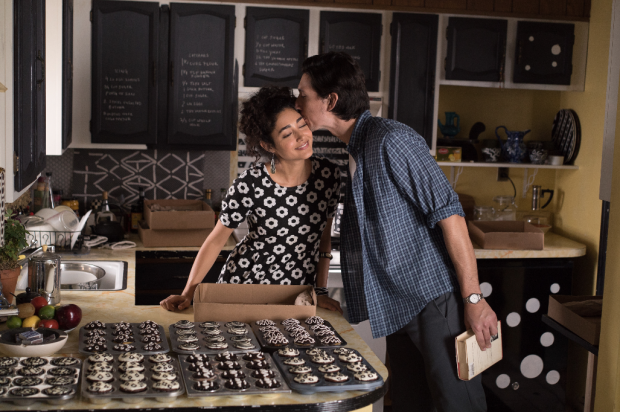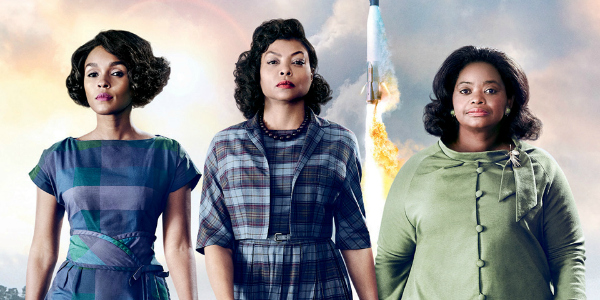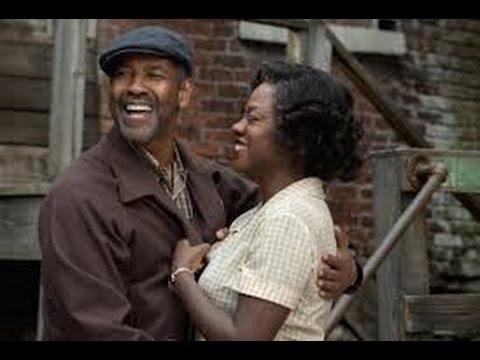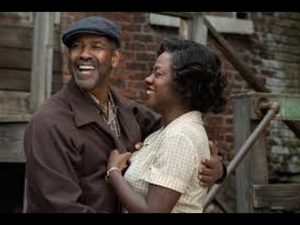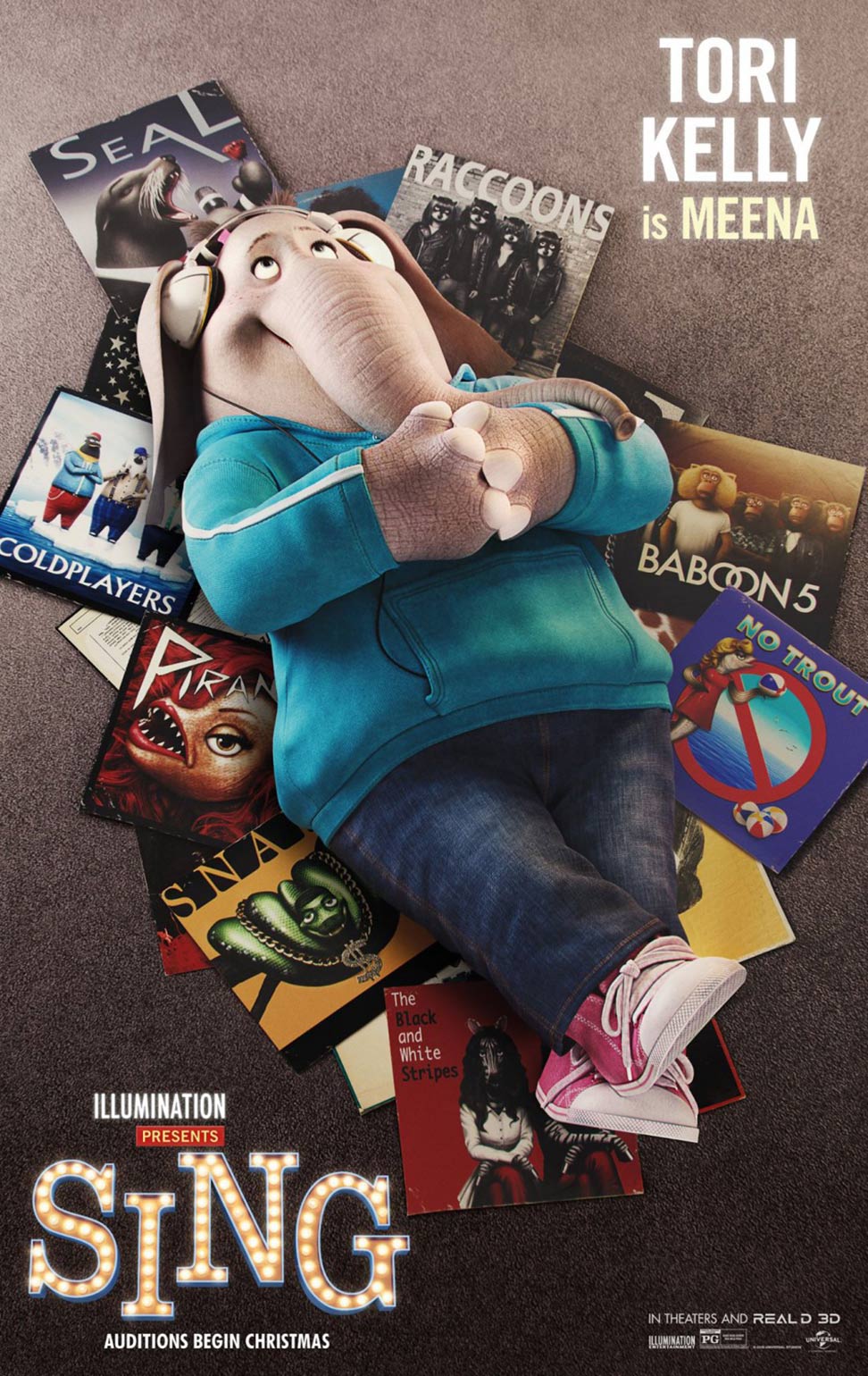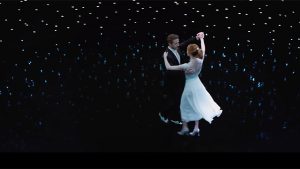Paterson
Posted on January 5, 2017 at 6:52 pm
Paterson (Adam Driver of “Girls” and “The Force Awakens”) lives in Paterson, the New Jersey home of Paterson Falls, and of poets William Carlos Williams and Allen Ginsburg. In writer/director Jim Jarmusch’s sweetest film to date, we see a week in the life of Paterson, a bus driver who writes poetry, mostly love poetry to his adorable wife Laura (a delicious performance from the beautiful Golshifteh Farahani), and in the life of his namesake home town.

Each morning begins with Paterson and Laura asleep in bed, cuddling tenderly. He wakes up to what Laura calls his “silent alarm clock,” puts on his watch, nuzzles her gently, and gets ready for work. As we become used to his routine, walking to the bus depot with his lunchbox, lovingly packed by Laura, hearing the daily complaints from the dispatcher, listening to the conversations of the passengers, Laura’s imaginative dinners and wild experiments with design, walking Marvin the bulldog and stopping by the neighborhood bar for a beer, the smallest details become significant, whether reinforcing our understanding of his quotidian life or surprising us with its minor variations. Be sure to watch Marvin the dog for one of the film’s most delightful surprises.
Driver is better known for anguished and intense performances, in “Girls,” as Kylo Ren in “The Force Awakens” and, 50 pounds lighter, as one of the priests in Martin Scorsese’s current release, “Silence.” It is a pleasure to see him here, thoughtful, sensitive, with a hint of a more traumatic past — note the photo on a bedside table, of Driver himself in his days as a Marine), but amused and pleasantly bemused by the world around him and unabashedly adoring his beautiful, devoted wife. I’m not sure I’ve ever seen him laugh before, certainly not with such evident pleasure, and it made me want to see much more of this side of him.
While Paterson is contemplative and focused, considering words carefully as he walks, Laura is impulsive and enthusiastic, with new creative projects and inspirations all the time. Each day, Paterson comes home to find that Laura has covered the rug or the shower curtain or her dress or cupcakes with op art-like geometric designs in black and white. When they go out to an old movie together, she winningly says she likes it because it is in black and white. Their support for each others’ creative projects is endearing, and their pleasure in each other and in each other’s pleasure is exquisite.
Not much happens. There’s a mechanical problem on the bus, which Paterson handles responsibly, despite not having a cell phone. An unhappy customer at the bar creates a fuss, and Paterson intervenes quickly and capably, almost through sheer muscle memory from his military training, though it shakes him a little. He happens upon three other poets, a spoken artist practicing in a laundromat (Method Man), a nine year old waiting for her mother and sister, and a Japanese tourist carrying a volume by William Carlos Williams. He compliments the young poet on her internal rhymes. It turns out the sister she is waiting for is her twin. The film itself is full of doubles and twins, including the matched names, a series of internal rhymes that match the lyricism and cadence of Paterson’s poems, written by Ron Padgett and his life, modest, diligent, precise, aware. We come away from the film filled with the alertness and engagement Paterson and Laura bring to their days.
Parents should know that there is a brief scene with a gun, threatening murder and suicide, and some strong language and sexual references.
Family discussion: Who is your favorite poet? How did Paterson incorporate what went on around him into his work? Why didn’t he want to make a copy of his notebook?
If you like this, try: “Only Lovers Left Alive” and the poetry of William Carlos Williams

